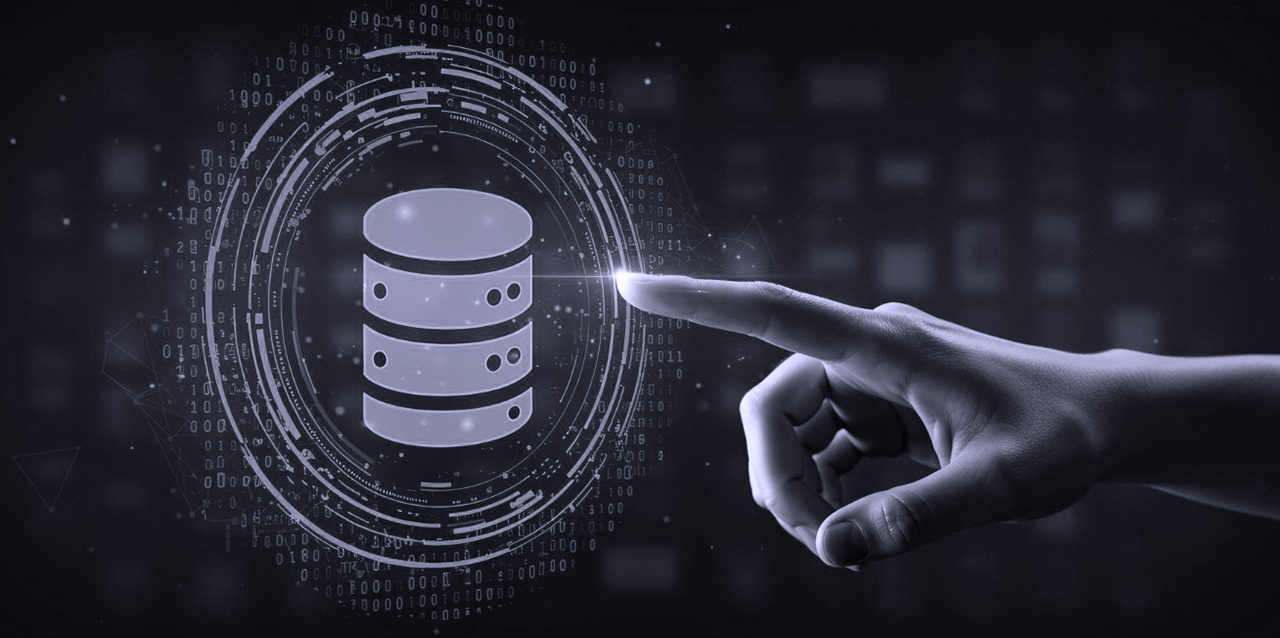#DataMasking #TestDataManagement #AICompliance #ResponsibleAI #DataProtection #MageData
Reimagining Test Data: Secure-by-Design Database Virtualization
Blogs - BFSIBlogs - Data SecurityBlogs - DBVBlogs - DPDPABlogs - Enterprise ReadinessBlogs - GDPRBlogs - HIPAABlogs - PCI-DSSBlogs - PDPLBlogs - SAP ProtectionBlogs - Sensitive Data Identification & GovernanceBlogs - TDMBlogs - Test Data Protection and DeliveryBlogs – Access GovernanceBlogs – Data CatalogBlogs – Data ClassificationBlogs – Data LineageBlogs – Database FirewallBlogs – DDMBlogs – Intelligent SubsettingBlogs – Privacy Enhancing TechniquesBlogs – SDDBlogs – SDM
Building Trust in AI: Strengthening Data Protection with Mage Data
#DataMasking #TestDataManagement #AICompliance #ResponsibleAI #DataProtection #MageData
Blogs - BFSIBlogs - Data SecurityBlogs - DPDPABlogs - Enterprise ReadinessBlogs - GDPRBlogs - HIPAABlogs - PCI-DSSBlogs - PDPLBlogs - SAP ProtectionBlogs - Sensitive Data Identification & GovernanceBlogs - TDMBlogs - Test Data Protection and DeliveryBlogs – Access GovernanceBlogs – Data CatalogBlogs – Data ClassificationBlogs – Data LineageBlogs – Database FirewallBlogs – DDMBlogs – Intelligent SubsettingBlogs – Privacy Enhancing TechniquesBlogs – SDDBlogs – SDM
What is Homomorphic Encryption and How It’s Used
#DataMasking #TestDataManagement #HomomorphicEncryption #EncryptedDataProcessing #MageData
The Comparative Advantages of Encryption vs. Tokenization vs. Masking
#DataMasking #TestDataManagement #EncryptionVsTokenization #TokenizationVsMasking #MageData
Differences between Anonymization and Pseudonymization
#DataMasking #TestDataManagement #DataAnonymization #AnonymizationVsPseudonymization #MageData





